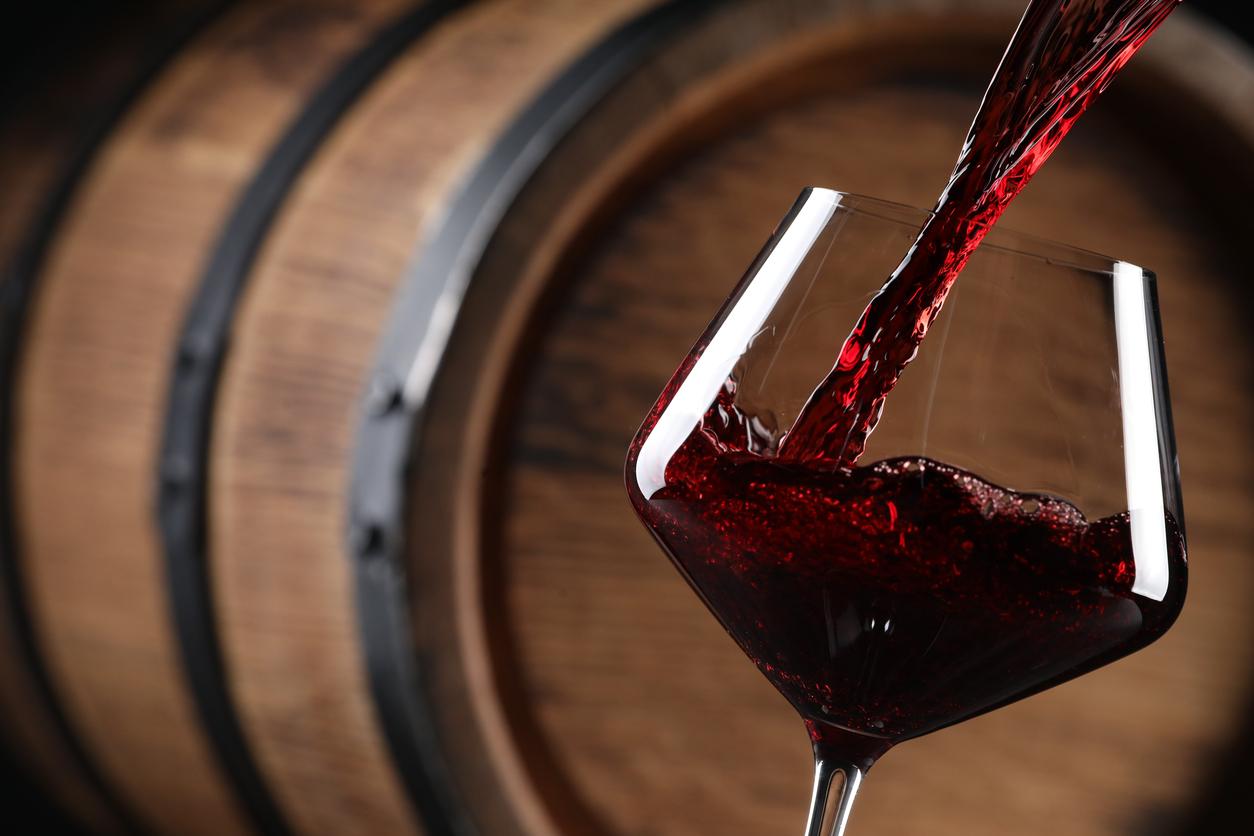Admittedly, smoked salmon is now a staple of the holiday season. But, having become more affordable, it is only tasted on New Year’s Eve. And it easily finds its place in the menus of the beautiful days, because it allows us to fill up with Omega-3, all in lightness.
Did you know ? Smoked salmon can also be cooked: if the experts can transform it into a terrine or Japanese maki, it is very easy to prepare a mousse or a cream based on smoked salmon… In short, it goes with all tastes !
Health side, smoked salmon is very interesting: it indeed contains a good quantity of Omega-3 (which have antidepressant, anti-inflammatory or even cardiovascular properties), vitamin D (1 to 1.5 µg for a slice of 35 g smoked salmon), vitamins and minerals (phosphorus, selenium and iodine, but also vitamins B12, B3 and B6). Warning: because it is often too salty, smoked salmon is not recommended for people with high blood pressure.
Smoked salmon: organic or red label, it’s not necessarily better
How to choose the right smoked salmon? It is essential to pay attention to the quality of the smoked salmon that you buy at the supermarket: in fact, because it is at the end of the food chain, smoked salmon can contain heavy metals that are potentially dangerous to health (such as mercury or lead). In addition, farmed salmon may receive antibiotic treatments. It should be noted that a salmon stamped “organic” or “red label” is not necessarily better!
On the label… We prefer smoked salmon “in wood of…” (oak or beech, most often): it is a guarantee of quality. We also check that the label includes the words “dry salting” and “never frozen” which also reflect a certain quality. Visually, avoid smoked salmon that has large white veins, those that are brownish, or those whose slices are dry, yellowish and/or brownish.
Read also :
- Eating organic: fresh salmon is far from perfect
- 20 light recipes to make with the family
- 12 recipes for light savory pies





























